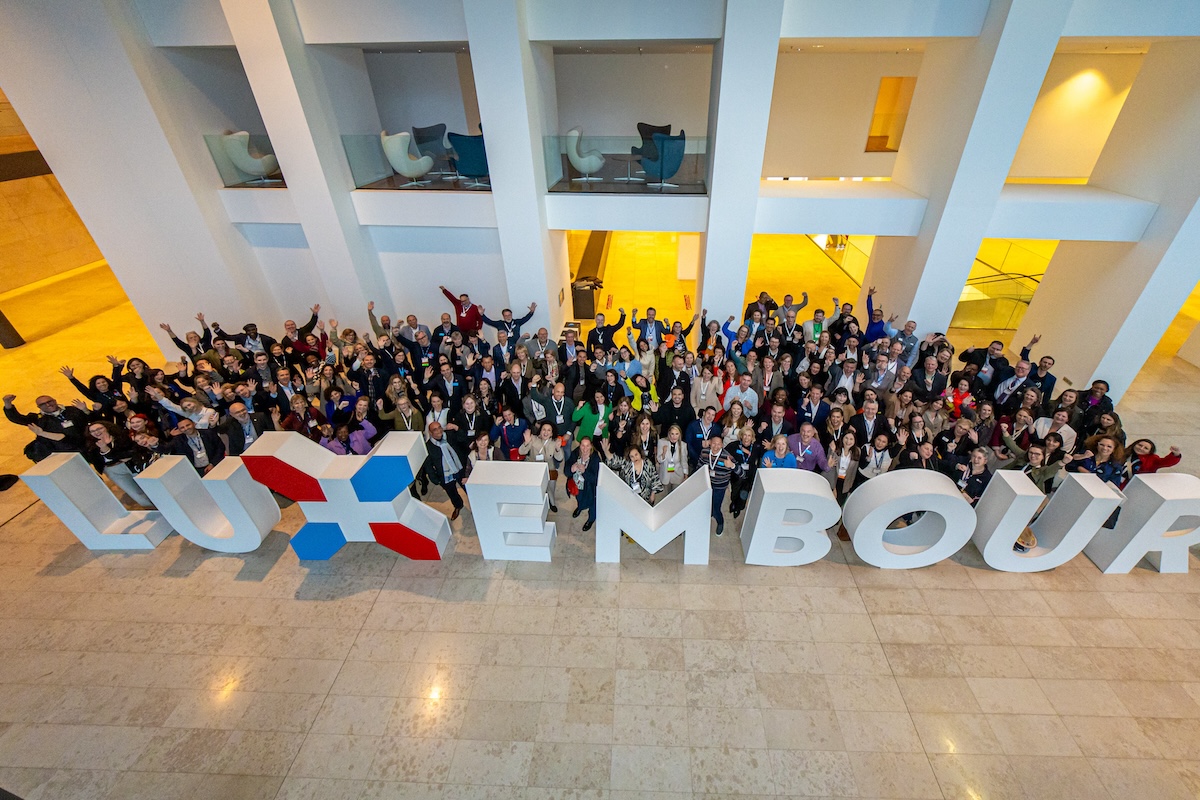Skift Take
Well-designed meetings deliver results and satisfy one or more of the six reasons for holding a meeting. While meeting in person is preferred, it's not enough. Meetings are only effective if they adequately address business needs.
Well-designed meetings deliver results, regardless of the reasons for holding a meeting. Eric de Groot, meeting designer and managing partner at MindMeeting, has been designing meetings since 1992. He should know. As of September 2022, he had experienced 1,080 meetings and designed 728.
His newly released book, ‘Meetings, by Default or by Design‘, is a practical workbook for planners looking to be more intentional about how they design meetings. It was co-written with business partner Mike van de Vijver, a companion to the previous book ‘Into the Heart of Meetings‘ by the same authors.
Speaking at the Skift Meetings The Future of the Event Industry virtual summit, de Groot conveyed the importance of meeting in person and explored the qualities of effective meetings.

If you missed the event, you can catch up on demand and see this session in full. Simply register here.
“Effective means that the meeting will have an effect. The meeting will somehow generate a change in the behavior of those who attended the meeting,” he said. For meetings to be effective, there must be clarity about the business issues that the meeting is addressing. “What do you want these people to do after the meeting? And that is what the dialogue should be about at first, at the very beginning,” said de Groot.
Understanding the Reasons for Meeting
As a practical workbook, the new book is not designed to be read from cover to cover. Instead, readers are invited to select a topic and dive into the appropriate section. Each chapter contrasts a by-default or by-design approach and includes fascinating case studies that support the design approach to meetings.
One key premise of the book is understanding the six reasons why people hold business meetings:
- Learning: Increase participant knowledge or collective information transfer.
- Networking: Deepen existing and build new relationships between participants.
- Alignment: Uniting people through aligning positions and agreeing on a solution or direction.
- Motivation: Nudging participants into a desired action.
- Decision-making: Decide as a group and produce a shared outcome.
- Ritual: Satisfying a human and emotional need of regular and predictable interaction.
Adapted from ‘Meetings, by Default or by Design’, p. 21.
Meeting In-Person Matters
For de Groot, in-person meetings cannot be compared with their virtual counterparts. If the reasons for holding a meeting are networking, alignment, or a ritual, there is a strong preference for gathering in person. In-person meetings allow for a level of communication that virtual meetings cannot replicate. “Our system is equipped to pick up all these signals, all these hidden signals that we sent out as social animals,” said de Groot.
“We’re talking about microexpressions, these little things, facial things that happen when people react and you can’t hide them, but you can train to see them. And all this information works best under one condition: proximity,” said de Groot. Human communication signals include facial expressions, body language, hormonal reactions, and even territorial positions in a room. “All this information is hidden in there,” he said. “And all this information works best when we’re together to really understand what we’re trying to communicate to each other,” he added.
Making Virtual Meetings Work
Virtual meetings can work well for learning and decision-making. There are plenty of tools with features that can arguably make them even preferable to in-person meetings.
When meeting in person is not an option, de Groot recommends that planners accept that the scope of action of virtual attendees is limited. However, active participation cannot be expected or demanded.
Still, there are ways to at least partially overcome the challenges of virtual meetings. “Give them the power to decide where the program is going […] and give them attention separate from the face-to-face attendees,” said de Groot. He also recommends having a dedicated moderator, only for the virtual audience.
Active In-Person Participation is Key
Having an in-person audience does not guarantee active participation. In fact, de Groot emphasizes that meetings featuring one-way communication from the stage are most likely to lead to reduced engagement.
To address this de Groot recommends that planners:
- Trust the process. Organizations are often reluctant to add interaction to large meetings, but careful meeting design can make it work.
- Involve the audience. Choose to see the audience as a resource instead of simply content consumers.
- Embrace change. Not changing can be costly. Innovating meetings is a worthwhile investment.
- Work with leadership. Interaction requires strong leadership skills. Leaders must walk the walk.
Designing Effective Meetings
De Groot distinguishes between a simply good meeting and one effective in generating change. “You don’t go to a meeting or spend money and time in a meeting to entertain your attendees,” he said. “That’s not the goal of any organization.”
The key to an effective meeting is to define specific actions that attendees should take after the meeting. You then can design the meeting backward to achieve those goals. “As soon as you’ve defined this very specifically, then somehow you design backwards and say, okay, if this is the case now, what do they have to learn? Should they learn a certain skill? Do they have to get some information about something? Do they have to learn about other people, or do they have to have another kind of attitude?” he said.
De Groot is against meetings that focus solely on transmitting information, a common pitfall of remote meetings during the pandemic. To verify if meetings are effective in generating change, you must objectively measure the results after the meeting is over. “It’s not enough to make a meeting really effective,” he said. “A meeting can feel like being really good, and the program can be smart, but in fact, you have to measure the result after a couple of weeks.”
Meeting Design Step One: Diagnosis
Perhaps the most important part of designing a meeting is diagnosing issues that need addressing through meetings. This often involves understanding the communication culture of an organization.
De Groot recently worked with a large oil and gas company that had problems with silos and employees in different locations not taking each other seriously. He asked the board, “You want your people to be players instead of an audience, right?” The board agreed, so de Groot suggested a different approach to the usual conference center venue and having attendees sit passively looking up to a stage. Instead, the group used a sports arena as a venue, with sessions held on the playing field and various games and activities played throughout.
The resulting meeting was filled with energy, with plenty of cooperation already happening during the meeting across the silos that the meeting was designed to break. “This is not about us listening to the board saying what we have to do. It’s us being the players in this organization,” he said.
De Groot’s advice for businesses looking to maximize the impact of their meetings is simple. Emphasize the importance of in-person communication, set specific goals for meetings, and measure results after the fact. These three simple steps can help businesses ensure that their meetings generate meaningful change.
Photo credit: Matthew Osborn / Unsplash





